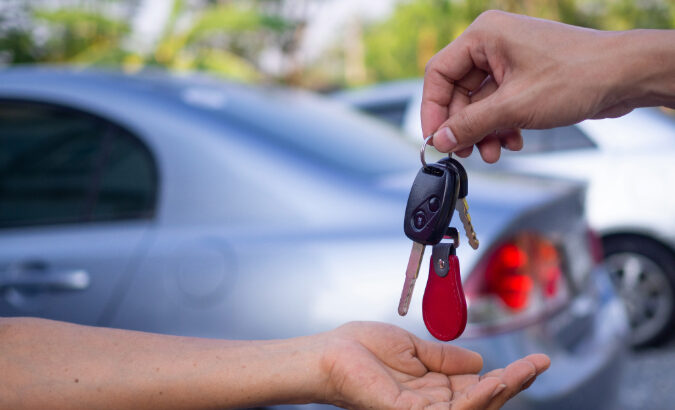
Have you noticed your car idling, stalling or struggling to start? These are all symptoms that your car’s gas has gone bad, especially if you haven’t driven your car in a while. Here are some ways to make your car’s gas last longer and tips for how to keep your car’s gas from going bad.
How long does gasoline last?
You may be wondering how long gas can sit in a car before going bad. As gas ages, its chemical properties change. Once this happens, the engine is unable to process the fuel properly. How long gasoline lasts will depend on the type of fuel and how it is stored. Normal gasoline can last between 3 to 6 months, while diesel fuel can last up to a year before it begins to degrade. On the other hand, organic-based Ethanol may lose its combustibility as early as 1 to 3 months after oxidation and evaporation. [1]
Symptoms of bad gas in your car
There are a few indicators that the gas in your car has gone bad. These are just a few of the most common symptoms: [1]
- Failure to start
- Hesitant ignition
- Stalling
- The check engine light comes on
- Trouble accelerating
- Rough/delayed shifting
- Reduced fuel economy
- Irregular changes in speed
What should you do with old gas
If you discover your car’s gas has gone bad, you will need to remove the bad fuel from the tank. Bad gas can ruin your car’s engine and components and could even leave residue that blocks your fuel line. A mechanic can remove the gas for you, but you can also do this work yourself in a few steps: [2]
- Locate your car’s fuel pump, which will be under the seat of your vehicle or near the trunk. Unscrew the bolts that hold up the pump and remove the hoses as well. Then remove the fuel pump from the tank.
- Take a 6 foot garden hose and use it to siphon the gas out of the tank. Place one end of the hose in the tank and the other into an empty gas can, making sure the gas can is positioned lower than the gas tank. Remove the hose from the gas can and then gently suck on the end, placing the hose back into the gas can as soon as you feel the gas running through the hose. Gravity will help empty the gas from the tank into the can.
- Add dry gasoline to your car’s tank. Then fill the tank with high-octane gas and add an octane booster. Repeat adding high-octane gas and an octane booster 2 or 3 times while also adding gas each time your gauge runs below half a tank. This will help dilute any bad gas and helps to mix it with the good so your engine can run correctly until all of the remaining bad gas is gone.
How can you make your car’s gas last longer?
There are several ways to extend the life of the gas in your car. You can consciously make time to drive your vehicle short distances several times a week to help keep the fuel from getting stagnant. Additionally, you can reduce the likelihood of your car’s fuel degrading by topping off your tank every time you fill it. You can also try using a fuel stabilizer, which is an additive that helps keep fuel from breaking down. When mixed into a full tank of gas, fuel stabilizer can help your car’s gas last longer. [1]
Knowing how to improve the shelf life of your car’s gas is just as important to your safety as having a good auto insurance plan that helps protect you from unexpected costs in case something goes wrong. Sign up for Nationwide’s plans featuring roadside assistance to feel more secure next time you hit the road.
Sources:
[1] “How long can gas sit in a car before it goes bad?” www.jdpower.com/cars/shopping-guides/how-long-can-gas-sit-in-a-car-before-it-goes-bad
[2] “How to get rid of bad gas in a car,” itstillruns.com/rid-bad-gas-car-7295982.html
Disclaimer:
The information included here is designed for informational purposes only. It is not legal, tax, financial or any other sort of advice, nor is it a substitute for such advice. The information may not apply to your specific situation. We have tried to make sure the information is accurate, but it could be outdated or even inaccurate in parts. It is the reader’s responsibility to comply with any applicable local, state or federal regulations. Nationwide Mutual Insurance Company, its affiliates and their employees make no warranties about the information nor guarantee of results, and they assume no liability in connection with the information provided. Nationwide and the Nationwide N and Eagle are service marks of Nationwide Mutual Insurance Company. © 2022 Nationwide



